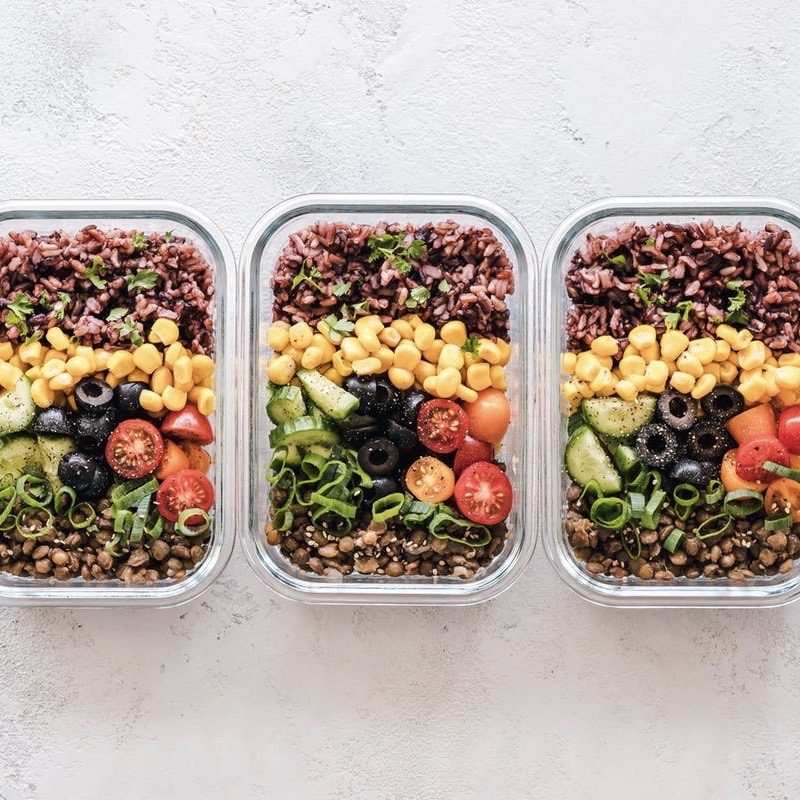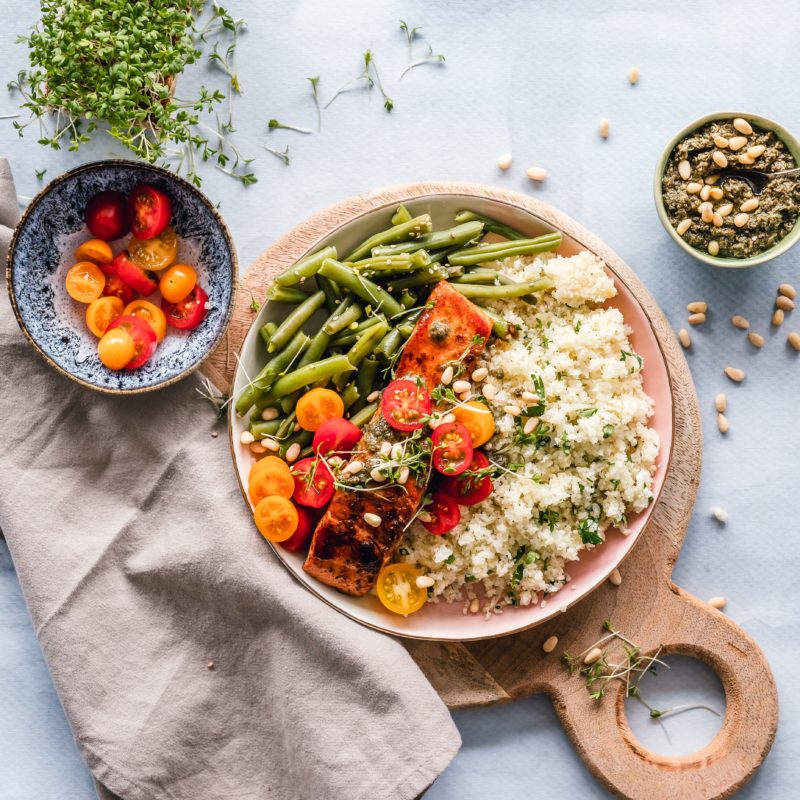Protein is one of the most talked-about subjects when it comes to health and nutrition: How much you need, where to get it from, whether or not a plant-based diet can provide enough. The reality is that a diet of whole foods provides enough for you to thrive without worrying about how much you’re getting in any given meal. And, while meat and fish are easy sources of protein, veggies, legumes and other plant foods can also load you up with this nutrient. Bonus: eating more plant-based protein lowers your risk of heart disease, helps manage diabetes, protects against cancer, supports health weight AND helps the planet!
Top 12 Plant-Based Proteins
1. Edamame
18 g per 1-cup serving (cooked)
A cup of edamame (cooked soybeans) packs a surprising amount of protein. It’s also super easy to make and have on hand. Be careful though: As most soybeans in the US are treated with pesticides, be sure to choose organic.
2. Tempeh
16 g per 3 oz serving
Made by fermenting cooked soybeans, this nutty, chewy variation packs significantly more protein and fiber than tofu—and because it’s fermented, it’s easier on your digestion.
3. Tofu
8 to 15 g per 3 oz serving
Made from curdled soymilk this slab will take on nearly any flavor your throw at it and is wonderful pan-fried, sautéed in a stir-fry and even scrambled.
4. Lentils
9 g per ½-cup serving
Low-cal, high-fiber and high-protein, lentils can be morphed into a nutrient dense side salads, veggie burgers and dips, not to mention delicious soups and stews. They can lower cholesterol and reduce risk of heart disease, too.
5. Peanuts
7 g per ¼-cup serving (or 2 Tbsp peanut butter)
Not only are peanuts and peanut butter great for whipping up classic childhood comfort foods, they’ve can stave off cravings when included early in the day. Just make sure it’s 100% nuts without any added sugar.
6. Almonds
6 g per ¼-cup serving
Along with protein, almonds also provide 61% of your daily recommended intake of magnesium, which can help curb sugar cravings, soothe PMS-related cramps, boost bone health and ease muscle soreness and spasms.
7. Chia Seeds
6 g per 2 Tbsp
Chia seeds pack a ton of protein and are also a great source of alpha-linolenic acid (ALA), a type of plant-based omega-3 fatty acid that help stimulate the satiety hormone leptin, which signals your body to burn these fats instead of storing them.
8. Chickpeas
6 g per ½-cup serving
Chickpeas combine protein with a good dose of fiber and in places like India, is used as a flour in all sorts of desserts. If you’re looking for more protein, a gluten-free alternative or some new flavor profiles, this old bean offers new delights.
9. Steel Cut Oatmeal
5 g in ¼-cup serving (dry)
Steel-cut oats aren’t just a solid source of protein; they also have a lower glycemic index than rolled oats. This means they don’t spike blood sugar as much, so you’re likely to be more satisfied and experience fewer cravings after eating them.
10. Pumpkin Seeds
5 g per ¼-cup serving
Pumpkin seeds are a nutrient powerhouses, packing about half the recommended daily intake of magnesium, along with immune-boosting zinc, plant-based omega-3s, and tryptophan—which can help ease you into a restful slumber.
11. Potato
4 g in 1 medium white potato
Despite having a reputation for being pretty much devoid of all nutrition, a medium-sized potato actually contains 4 g of protein, along with about 20% of the recommended daily intake of heart-healthy potassium.
12. Spinach
3 g per ½-cup serving (cooked)
It may not sound like much, but for a green veggie, it is. Key: cooking spinach is the secret to upping its protein content.

